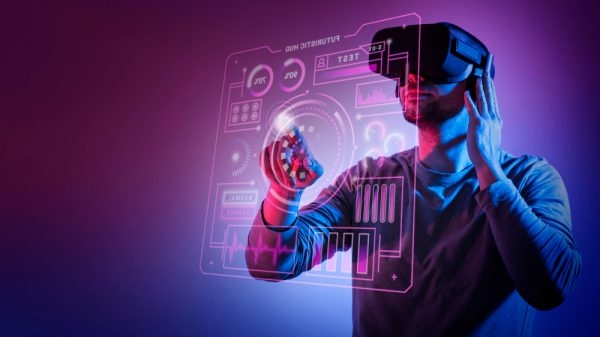Revolutionizing Business: The Transformative Impact of Technology
In the dynamic landscape of the business world, technology stands as the driving force behind unprecedented transformations. From streamlining operations to enhancing communication and expanding market reach, technology has become an indispensable ally for businesses striving to thrive in the digital era. This article delves into the multifaceted role of technology in business, exploring how it revolutionizes operations, fosters innovation, and reshapes the very fabric of the corporate landscape.One of the most significant contributions of technology to business lies in its power to streamline operations and boost efficiency. Automation, artificial intelligence, and data analytics have become pivotal tools in optimizing processes, reducing human errors, and saving valuable time and resources. Automated workflows not only enhance the speed of operations but also free up human capital to focus on more strategic and creative aspects of business. For instance, the implementation of advanced Enterprise Resource Planning (ERP) systems enables seamless integration of various business functions, leading to a more cohesive and agile organizational structure. Moreover, technology serves as a catalyst for innovation, propelling businesses into uncharted territories of growth and development. The continuous evolution of digital tools empowers companies to experiment with new ideas, products, and services. Cloud computing, for instance, has revolutionized the way businesses store, access, and share information, fostering collaborative innovation across geographical boundaries. The rapid adoption of emerging technologies such as the Internet of Things (IoT) and blockchain further opens up new possibilities, enabling businesses to create innovative solutions that cater to evolving consumer needs. In the contemporary business landscape, data is hailed as the new currency. Technology has not only facilitated the collection of vast amounts of data but has also provided the tools to analyze and derive meaningful insights from it. Big data analytics allows businesses to make informed decisions, identify market trends, and personalize customer experiences. This data-driven approach empowers organizations to tailor their strategies, minimize risks, and capitalize on emerging opportunities, fostering a competitive edge in the market. Communication lies at the heart of any successful business, and technology has redefined the way organizations connect with their stakeholders. The advent of communication technologies, such as video conferencing and collaboration platforms, has transcended geographical barriers, enabling seamless interactions among teams, clients, and partners. This has become particularly crucial in the era of remote work, where technology serves as the bridge that keeps businesses connected and operational despite physical distances. Furthermore, the integration of e-commerce platforms and digital marketing strategies has revolutionized the way businesses reach and engage their target audience. Online presence is no longer a choice but a necessity, and technology provides the tools to create compelling digital experiences, enhance brand visibility, and tap into global markets. Social media, search engine optimization, and personalized digital marketing campaigns have become integral components of a business’s growth strategy, allowing for direct interaction with consumers and real-time adaptation to market trends. In conclusion, the symbiotic relationship between technology and business is reshaping industries and propelling them into a future defined by innovation, efficiency, and connectivity. Embracing technological advancements is not just a choice but a prerequisite for staying competitive and relevant in the ever-evolving business landscape. As businesses continue to harness the power of technology, they embark on a transformative journey that goes beyond mere adaptation – it is a journey towards redefining the very essence of how business is conducted in the 21st century.
